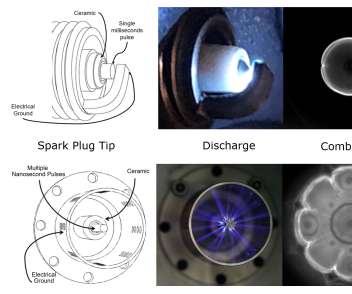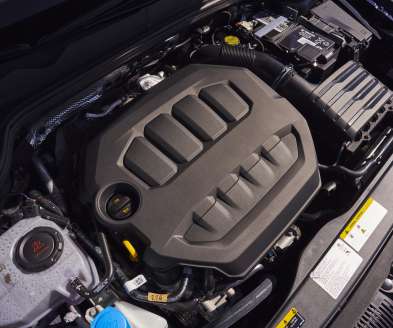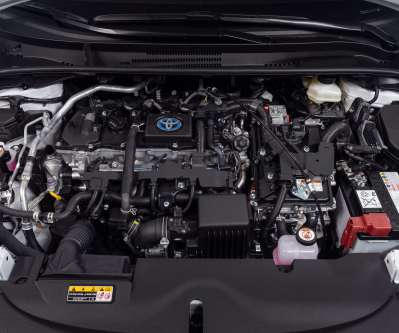Hyundai Motor Group unveils CVVD engine technology; +4% performance, +5% fuel economy, -12% emissions
Green Car Congress
JULY 3, 2019
CVVD optimizes both engine performance and fuel efficiency while reducing emissions. The valve control technology regulates the duration of valve opening and closing according to driving conditions, achieving a 4% boost in performance and a 5% improvement in fuel efficiency. The technology cuts emissions by 12%.







































Let's personalize your content